Engine technology is all about evolution. In the dark ages of early internal combustion engines, cylinder blocks and even pistons were made from clunky cast iron and early metallurgy prevented engine speeds much over 2,000 rpm. In the 21st Century, all-aluminum production engines spin as high as 8,000 rpm and feature a host of enhancements that would have been pure fantasy 20 years ago.
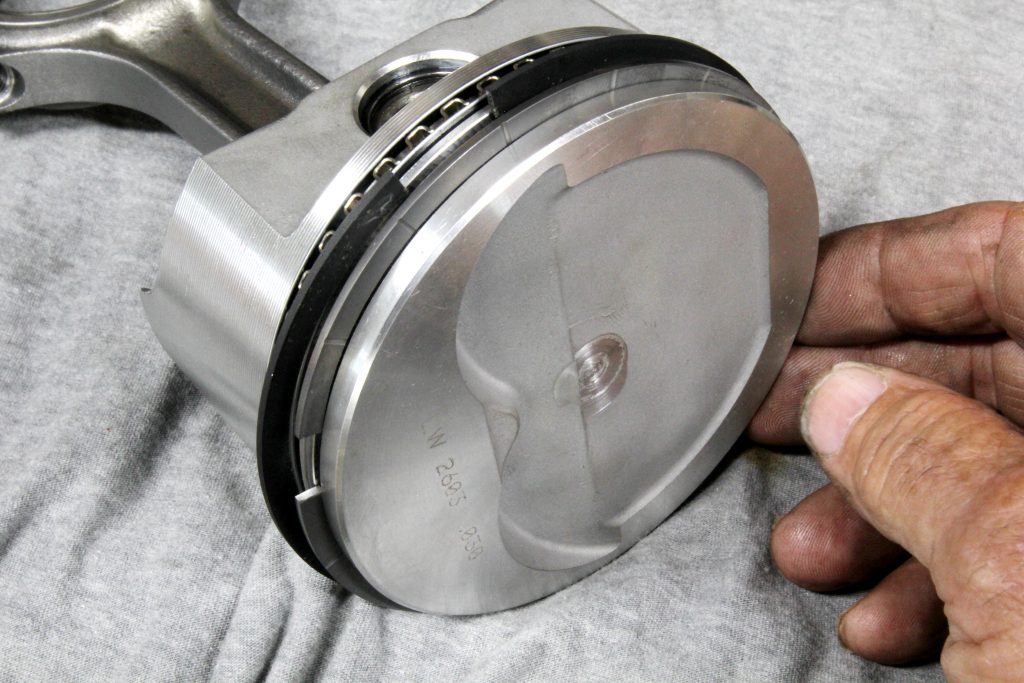
Many of these enhancements rarely get the attention they deserve. Piston rings tend to fall into this category. Technology now allows some interesting and rewarding improvements that can make a big difference in both engine efficiency and outright horsepower.
If you are into internal combustion engines, the modern powerplants like the GM LS/LT series, Ford’s Modular, and the Chrysler Gen III Hemi all produce amazing power and part of their efficiency is the move to thinner ring packages. For decades, older production engines employed a traditional 5/64—5/64—3/16 inch ring package. This remained a seemingly industry standard until just before the turn of the new century when modern production began the migration to thinner ring packages.
This move toward thinner rings has also encouraged other innovative ideas with regard to sealing cylinder pressure. Summit Racing has recently introduced a brand new Pro GPX Gas Ported Piston Ring package that incorporates an intriguing concept of using lateral gas ports milled into the top piston ring. The idea originated with race engine builders drilling 0.043 inch vertical gas ports through the top of the piston to direct cylinder pressure behind the top ring to enhance sealing. This idea offers a straight line path for cylinder pressure to push behind the ring to help it seal to the cylinder wall.
This process is highly successful—but unfortunately does not carry over well into street engines because the small vertical holes quickly become plugged with carbon. The GPX lateral gas port idea was originally pioneered by Total Seal Piston Rings and can be applied to a wide variety of ring sizes and is not limited to late model rings. For example, one Summit Racing Pro GPX package option would be for a 4.030 inch bore small block Chevy with 5/64 inch top and second rings and a 3/16 inch oil ring.
Or, for more forward-thinking builders, you can also go as thin as a 1.0mm top ring with the lateral gas ports combined with a 1.0mm second and a 2mm oil ring package. As an example, Mahle offers an entire line of 1.0mm—1.0mm—2.0mm ring pistons for a variety of engine applications.
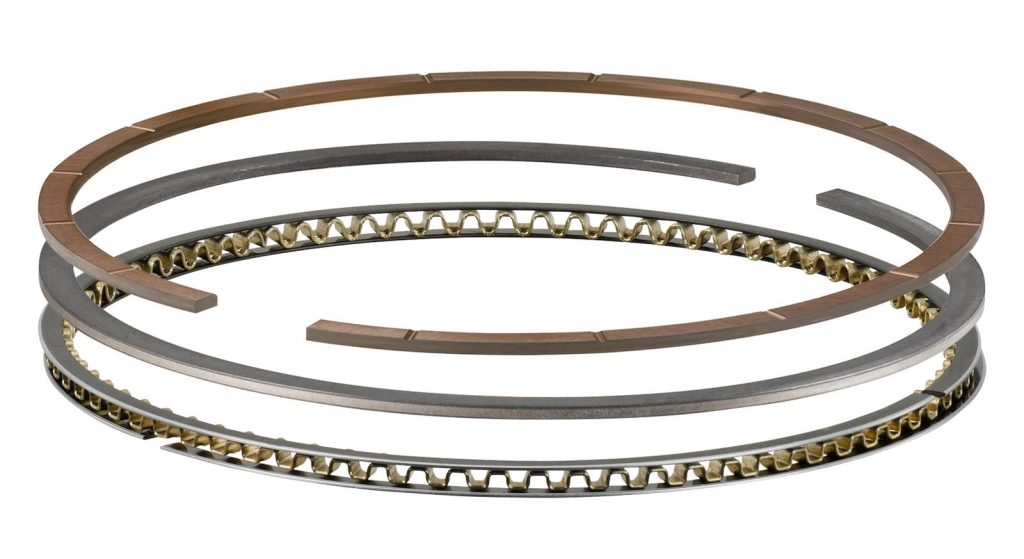
Advantages of Gas Ported Piston Rings
The lateral gas port concept has many potential benefits. First and foremost, this additional pressure path helps seal the ring to the cylinder wall. With the lateral ports milled into the ring, constant movement of the ring will help to keep the gas ports clean and more effective over a long period of operation.
This improved seal also reduces crankcase blow-by pressure. Testing has revealed as much as a 40 percent reduction in blow-by over a large portion of the entire engine rpm range. Plus, this lower crankcase pressure also means reduced oil contamination from combustion byproducts—which simply means the engine oil will last longer.
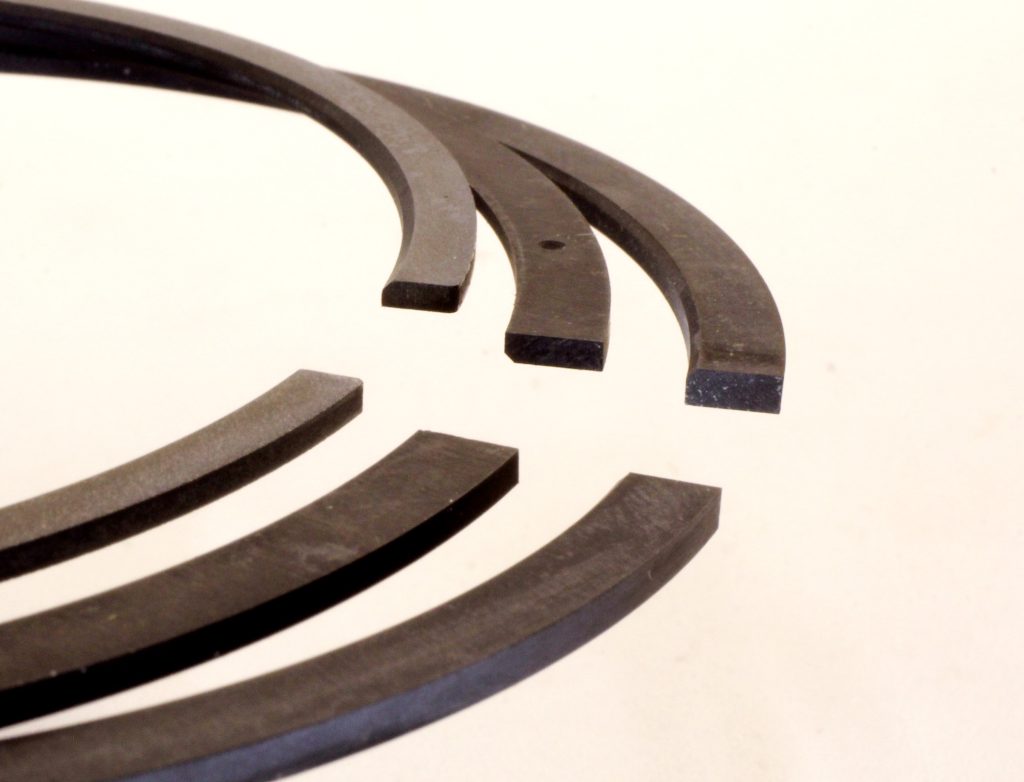
There are also material options within the GPX ring package. For example, ductile iron is the standard material choice for the lateral gas port top ring which is much stronger than grey cast iron used in most budget ring packages. Several GPX packages upgrade to a gas nitrided top ring. This is not a coating but rather a superior heat treating process that provides an ultra-smooth facing that reduces friction while adding tensile strength. The second piston ring is often a martensitic ductile iron material that provides high strength and good wear resistance which is ideal for this position with its primary task of oil control rather than combustion sealing.
The third ring has also not escaped attention in the GPX package. In older engines, a 3/16 inch oil ring would often be assembled with a fairly high radial tension in order to adequately scrape oil off the cylinder wall. Using an expensive machine that can measure this radial or outward tension as the ring is installed in a cylinder, the results are expressed as outward tension measured in pound-force (lb.-f). This is simply the amount of the outward force exerted by the ring measured in pounds.
Understanding Pound-Force (lb.-f) in Regard to Piston Rings
Lb.-f is not lb.-ft. as used in the expression of engine torque and it is also not ft.-lbs. like that used in torque wrenches.
This lb.-f measurement is again just the outward force exerted by the ring on the cylinder wall. This is also not a sliding force like you might measure using a fish scale pulling a piston and ring package through a cylinder. However, the lb.-f number is directly proportional to sliding friction so that if you reduce this radial tension, the sliding friction will also be reduced.
In older rings like a typical 3/16 inch oil ring, the chart below lists its lb.-f measurement for a standard oil ring tension as 20 lb.-f. More modern engines like an LS, use a thinner, 3.0mm oil ring that produces a much lighter 10 lb.-f measurement. Yet these lower tension oil rings do a good job of maintaining a low oil consumption numbers even after 100,000 miles or more.
Oil Ring Tension
| Ring Pack | Oil Ring Size | Oil Ring Radial Tension | Tension Reduction |
|---|---|---|---|
| Standard | 3/16” | 20 lb.-f | — |
| Revised Summit Racing GPX | 3/16” | 15 lb.-f | 25%* |
| Standard | 3.0mm | 10 lb.-f | 50%* |
| *These tension reduction values are based on the standard 3/16 inch ring value of 20 lb.-f | |||
Integrated with the GPX package are lower radial tension values for even the larger 3/16 inch oil rings. The chart indicates that this oil ring package reduces the lb.-f measurement to a lower 15 lb.-f, which is a significant 25 percent reduction in friction. This means this ring package promises some measurable improvements in reduced friction along with better sealing from the top ring. Combined, these will pay off in improved horsepower.
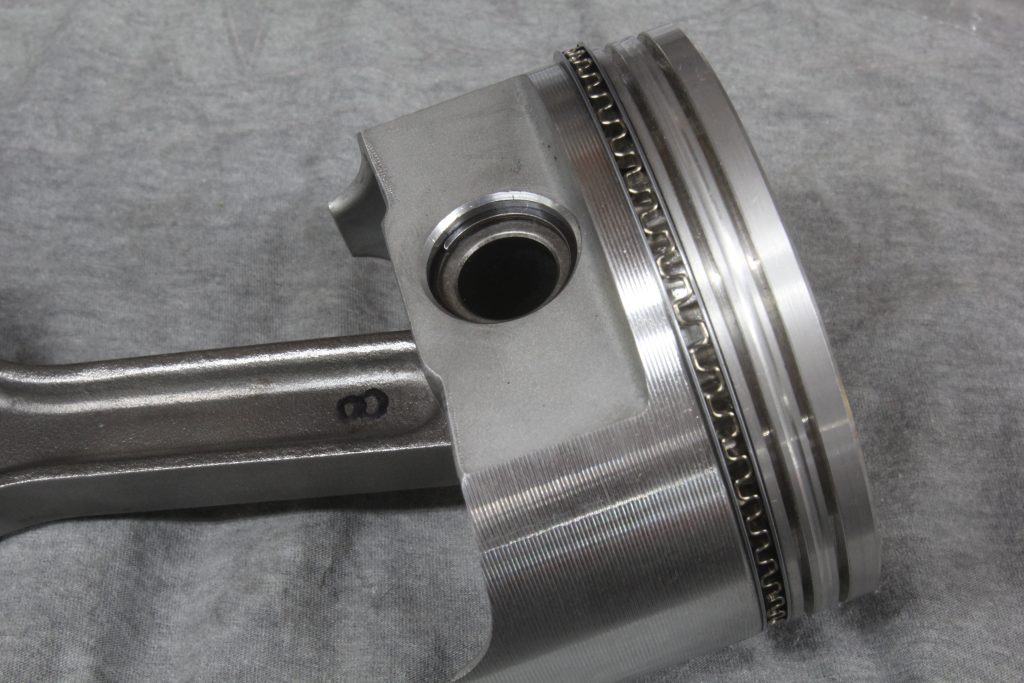
Power Benefits of Gas Ported Piston Rings
So what do all these improvements mean to torque and horsepower? Shavers Engines in California recently performed a dyno test in which they ran an A-B comparison of a traditional ring set versus a same size ring set but fitted with a lateral gas port top ring. This test was performed on a 383ci small block Chevy. The engine delivered a significant increase in torque right around the peak torque rpm range where the cylinder pressure is always the highest. In this test, they saw an increase of around 15 lb.-ft. of torque while also gaining a small amount of peak horsepower.
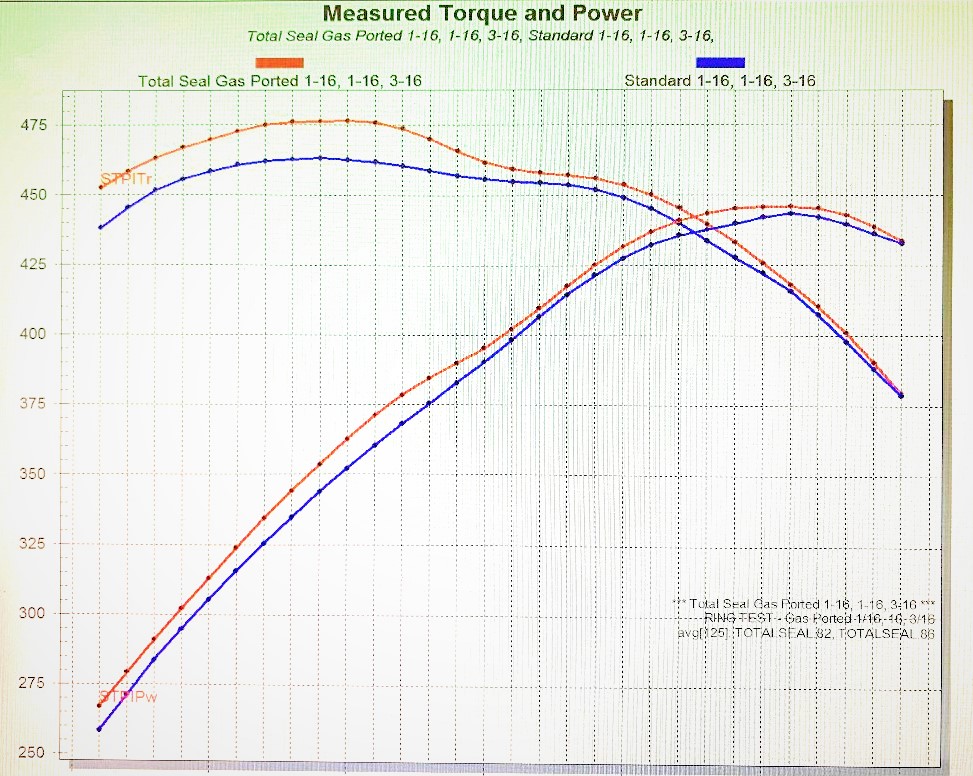
It’s beyond the scope of this story to dive too deeply into cylinder honing procedures and there is plenty of information from multiple sources on these measures. The actual process depends mainly on the hardness of the block, the rings chosen, and the honing machine doing the job. Most machine shops have now embraced the plateau honing process that creates deeper grooves (valleys) in the cylinder wall that will carry the oil followed by a final few passes that smooth the peaks created by the rougher finish.
The honing process can be worth additional performance gains so it’s worthwhile to discuss these details with your machinist in order to get the maximum performance out this new set of rings. Checking final ring end gap, cylinder wall cleanliness, careful assembly, and then a proper break-in procedure are all necessary steps to ensure peak ring performance.
Proper Piston Ring Break-In
The best way to break-in a new set of rings—any set of rings—is to load the engine, creating cylinder pressure that will help push the rings into the cylinder wall. This can be done in the car with multiple two- or three-second acceleration bursts followed by a short, steady state cooling period. Of course, break-in can also be done on an engine dyno but most enthusiasts will likely not choose this route.
If the proper honing procedures have been followed, it may only require a few 3/4-throttle runs to fully seat the rings. The combination of new technology rings, the proper break-in oil, and a quality plateau honing process using torque plates should allow the rings to seat pretty quickly.
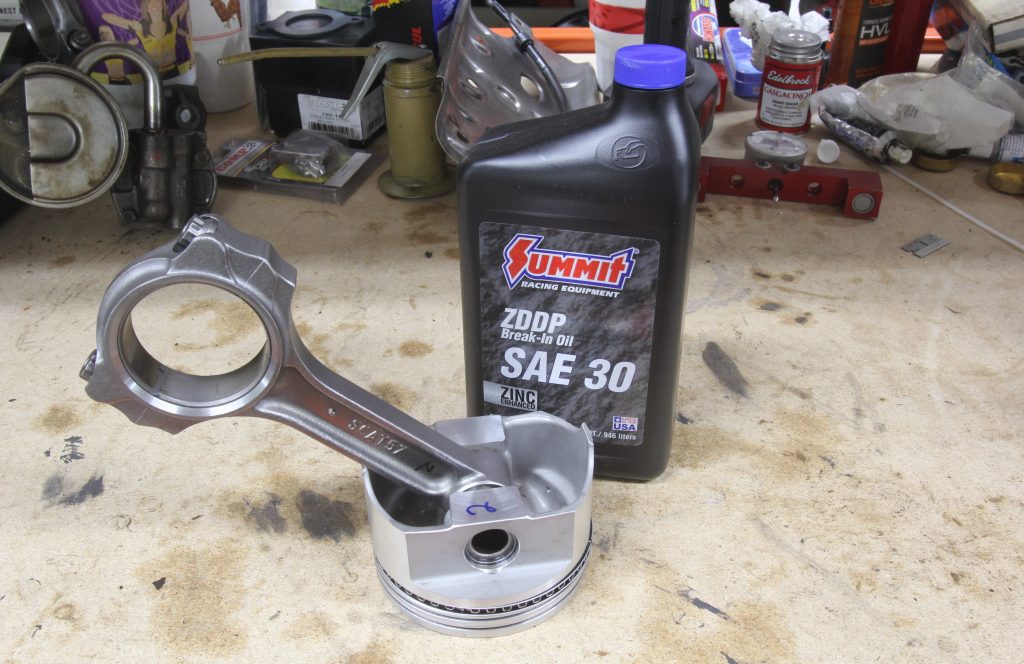
It’s also worth mentioning some procedures to avoid when breaking in a new set of rings. Do not allow a brand new engine to idle for any extended period of time after warm-up. Idle time does not apply load to the rings. Also for this reason, do not use an engine test stand to break-in an engine. Engine test stands do not present a load to the engine, much like idling. This will not allow the rings to fully seat and any extended idle or non-loaded run time will produce a glaze on the cylinder wall that will prevent the rings from seating properly.
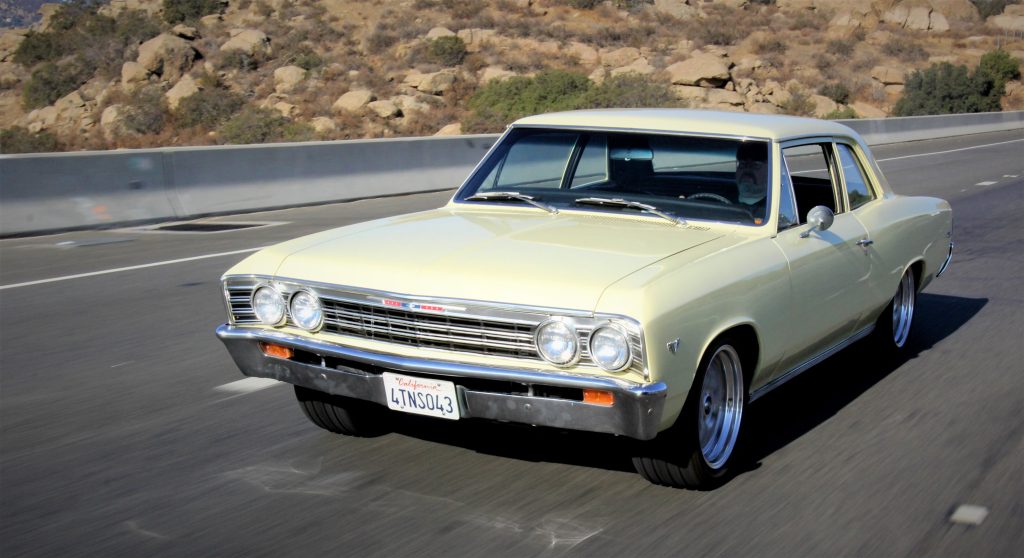
Should You Upgrade to GPX Gas Ported Piston Rings?
The combination of improved power with reduced friction, better oil control, less blow-by, and potentially longer oil drain intervals all stack up as positive reasons to invest in a GPX ring package for your next engine build. To further sweeten the deal, these GPX packages are also competitively priced against ring packages that offer few, if any, of the GPX advantages.
This is part of the benefit of living in what is currently the Golden Age of Horsepower. It’s never been easier to achieve the power levels, and better ring seal is one of many steps it takes to get there.
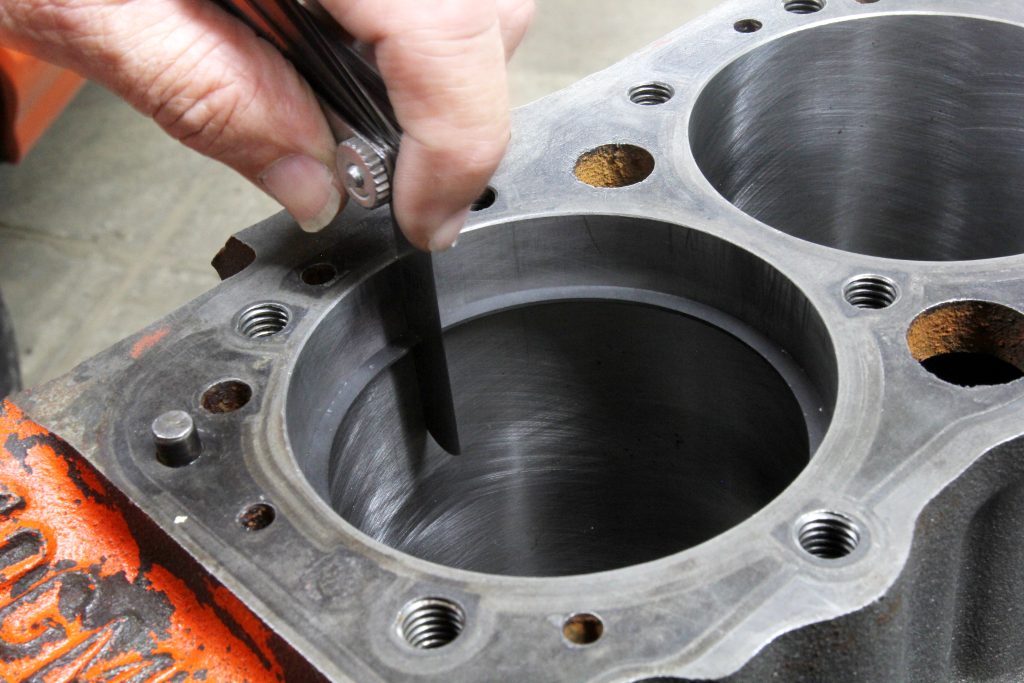
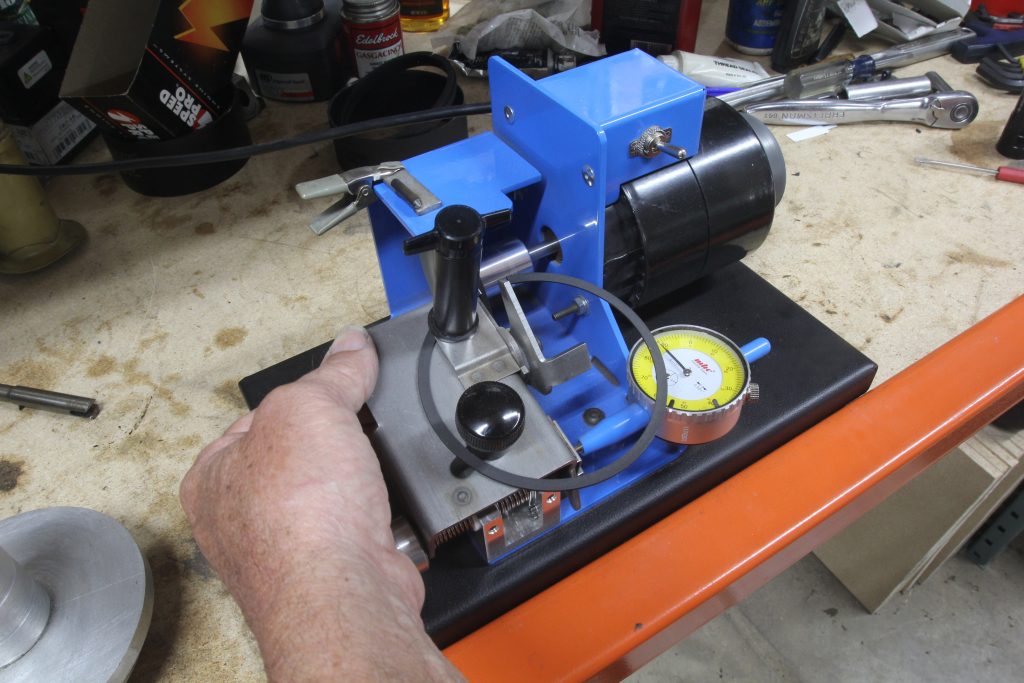
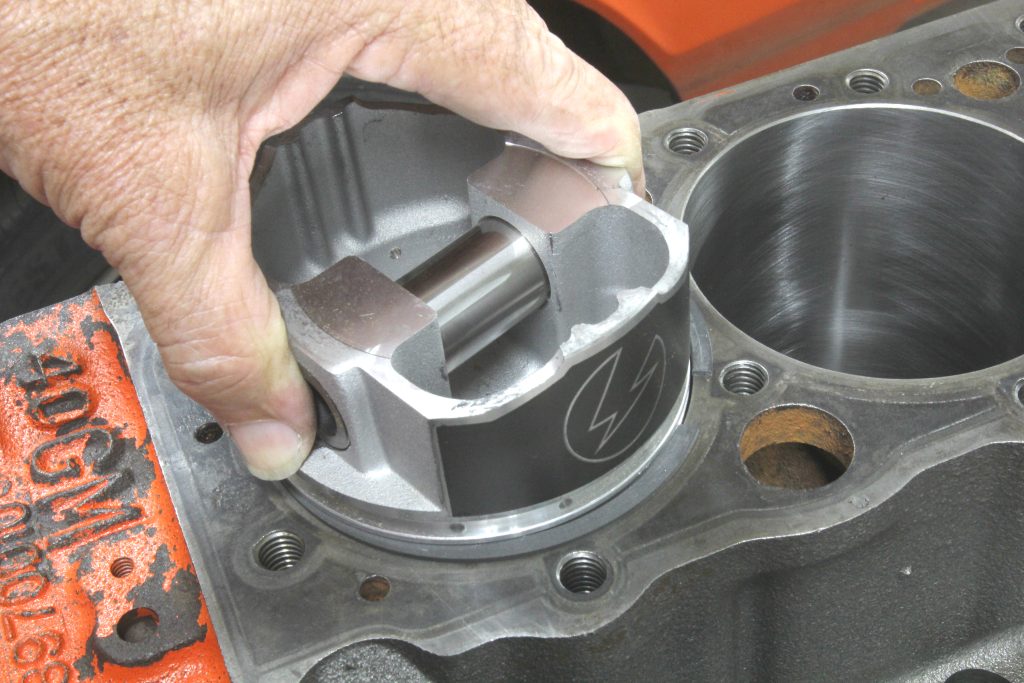
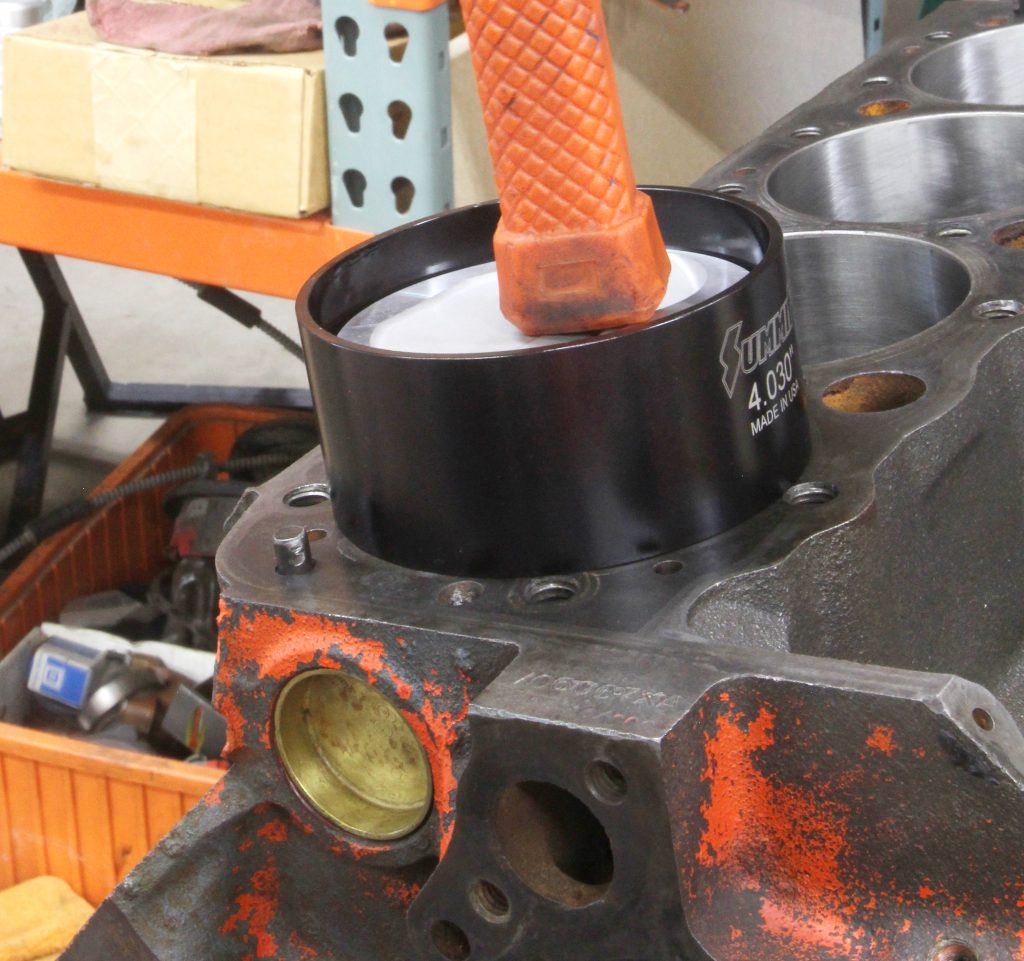
Summit Racing Pro GPX Gas Ported Piston Ring Thickness
| Thickness (In./mm) | Thickness (Decimal Equivalent) |
|---|---|
| Top & 2nd Ring | |
| 5/64” | 0.0781 |
| 1/16” | 0.0625 |
| 1.5mm | 0.0589 |
| 1.2mm | 0.0471 |
| 1.0mm | 0.0393 |
| 0.8mm | 0.0314 |
| 0.7mm | 0.0275 |
| Oil Ring | |
| 3/16” | 0.1875 |
| 3.0mm | 0.1179 |
| 2.5mm | 0.0982 |
| 2.0mm | 0.0786 |

Comments